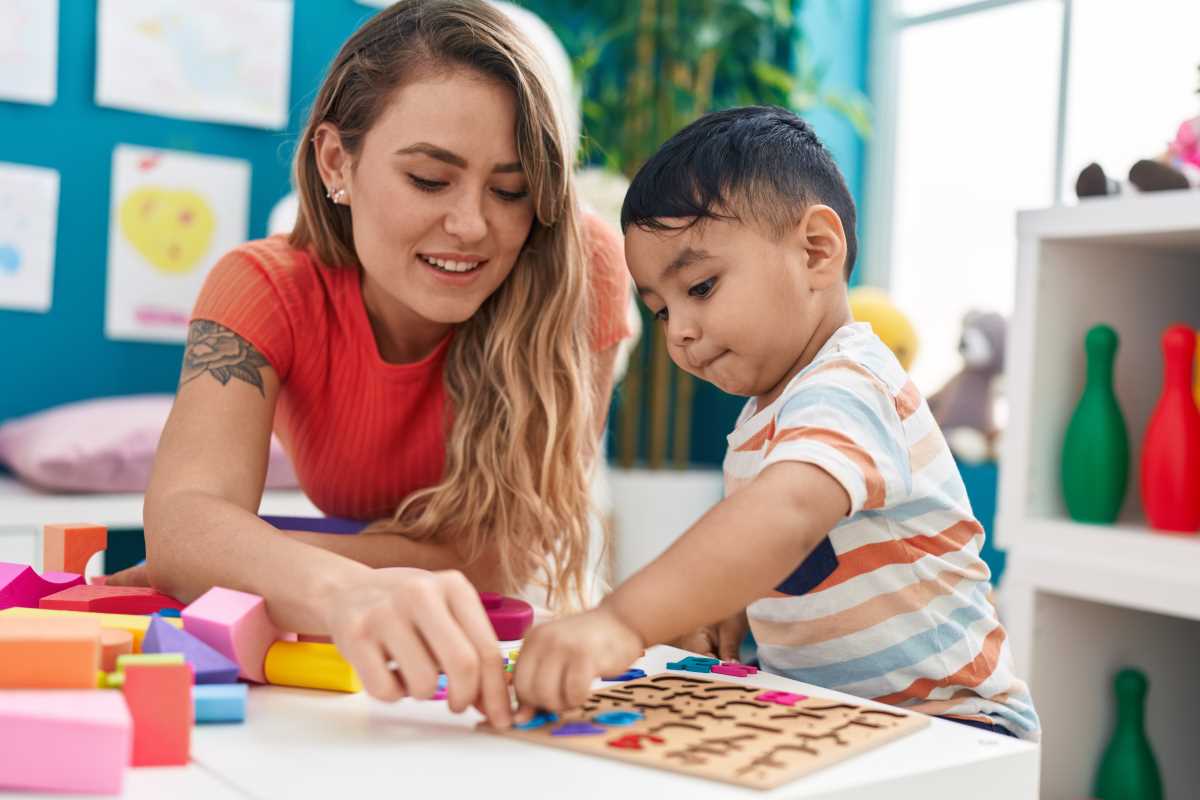Children are naturally curious. From the moment they can talk, they start asking questions about the world around them. "Why is the sky blue?" "How do airplanes fly?" and "Where do rainbows come from?" are just a few examples of the endless array of inquiries a child might have. While these questions may sometimes seem constant or even overwhelming, they are actually vital to a child's development.
Encouraging kids to ask questions and be curious builds essential skills that will serve them throughout their lives. From fostering creativity and problem-solving skills to sparking a lifelong love of learning, curiosity is a powerful trait to nurture. This article explores why curiosity is so valuable and offers practical tips for parents and educators to encourage kids to keep asking questions.
Why Curiosity Matters
Curiosity is more than just asking questions; it’s the drive to learn, explore, and seek understanding. When kids are curious, they engage with the world in a deeper and more meaningful way.
Benefits of Curiosity:
- Fosters Critical Thinking: Asking questions encourages children to analyze, evaluate, and think critically about the world. It helps them develop problem-solving skills and the ability to make informed decisions.
- Stimulates Creativity: Curiosity fuels imagination by encouraging kids to think beyond the obvious. Creative problem-solving and innovative ideas often start with a simple question like, "What if?"
- Promotes Lifelong Learning: Curious kids grow into adults who love to learn. When children feel empowered to explore their interests, they become independent learners who enjoy discovering new things.
- Builds Confidence: Encouraging kids to ask questions shows them that their thoughts and ideas matter. This builds their confidence in expressing themselves and tackling challenges.
- Strengthens Relationships: When children ask questions, they connect with others. It gives parents, teachers, and peers a chance to engage in meaningful conversations and build stronger bonds.
Encouraging curiosity sets a foundation that benefits kids academically, socially, and emotionally.
The Role of Parents and Educators
Parents and teachers play a key role in fostering curiosity in children. By creating environments that welcome questions and exploration, adults can encourage kids to stay curious, even as they grow older.
Be Open to Questions
One of the most important things adults can do is create a safe space where kids feel comfortable asking questions. This means responding positively, even when the questions are tough or inconvenient.
Celebrate Effort, Not Just Results
Encourage children to ask questions and explore answers without worrying about being right or wrong. Praising effort and curiosity over perfection helps kids feel confident to keep trying and learning.
Model Curiosity
Kids take cues from adults. If you show curiosity by asking your own questions or exploring new topics, it demonstrates that being curious is a lifelong habit to value.
Provide Opportunities for Exploration
Encourage hands-on learning through activities that spark curiosity. Trips to museums, nature walks, or experiments in the kitchen are great ways for kids to learn and ask more questions naturally.
Practical Tips to Encourage Curiosity
It’s one thing to say that curiosity is important, but how do you actually nurture it in kids? Here are practical strategies for parents and educators.
1. Answer Questions Thoughtfully
When kids ask questions, take the time to give thoughtful answers. If you don’t know the answer, say so! Look up the answer together to show them that curiosity often leads to learning.
Example:
- If a child asks, “Why do leaves change color?” you might respond, “That’s a great question! Do you think it has something to do with the seasons? Maybe we can find a book or video about it.”
2. Encourage Open-Ended Questions
Instead of encouraging yes-or-no answers, prompt kids to ask open-ended questions. These types of questions stimulate deeper thinking and exploration.
Examples of Open-Ended Questions:
- “What do you think would happen if we tried this?”
- “Why do you think that is?”
- “How would you explain this to someone else?”
3. Provide Access to Resources
Having access to books, educational videos, and online resources can make it easier for curious kids to explore their questions independently. Consider creating a small home “discovery zone” where kids can find materials like science kits, art supplies, or reference books.
4. Encourage Experimentation
Hands-on learning allows kids to explore their curiosity in tangible ways. Whether they’re building with blocks, conducting science experiments, or creating art projects, encourage them to try things out and see what happens.
Tips for Experimentation:
- Guide them to explore “what if” scenarios, like, “What happens if we mix these colors together?”
- Encourage them to make predictions before trying something. This helps develop their analytical thinking skills.
5. Focus on Process Over Perfection
Curiosity thrives when kids feel free to explore without fear of making mistakes. Reassure them that failures are simply part of learning, and sometimes the process is more important than the result.
Example:
- If a baking experiment doesn’t work out, talk about why it might have happened and what could be done differently next time.
6. Take an Interest in Their Interests
When kids show a natural curiosity about something, give them the opportunity to explore it further. Whether it’s dinosaurs, space, or how machines work, follow their lead and encourage deeper exploration.
Questions You Could Ask to Support Their Interests:
- “What do you think is the most interesting thing about this?”
- “Should we check out a book about it from the library?”
- “Would you like to try making something related to this?”
7. Ask Them Questions Too
Engaging kids in conversation by asking your own questions encourages them to think and reflect.
Examples of Questions You Can Ask:
- “What do you think would happen if…?”
- “If you could invent something to solve a problem, what would it be?”
- “How would you describe this to someone who’s never seen it before?”
Overcoming Barriers to Curiosity
Even with all the encouragement in the world, some obstacles might dampen a child’s natural curiosity. Understanding these barriers helps adults overcome them.
Common Barriers and How to Address Them:
- Fear of Being Wrong: Create a judgment-free environment where kids feel safe to share their thoughts, even if they aren’t sure they’re right.
- Too Much Structure: Over-scheduling kids with structured activities leaves little room for free exploration. Carve out unstructured time for imaginative play and creativity.
- Time Pressures: Resist the urge to rush through conversations. Sometimes the best learning happens when there’s time to linger on a question.
The Long-Term Impact
When kids are encouraged to stay curious, the benefits last well into adulthood. Curious kids become critical thinkers, creative problem solvers, and lifelong learners. They’re better equipped to adapt to a complex and changing world, where asking the right questions is often more important than having all the answers.
By teaching children that it’s okay to question, explore, and wonder, parents and educators empower them to take ownership of their learning and follow their natural curiosity confidently.
 (Image via
(Image via





